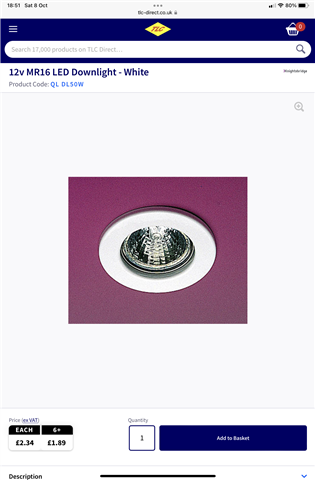Hi, I have received an EICR certificate with 2 C2s on bathroom lighting 1) Bathroom lighting does not conform to IP rating (note the lighting outside the zone based on published zoning guidance (low voltage spot light) but inspector insisted on ignoring the zoning guidance) 2) Bathroom lighting circuit is not connected to an RCD also supplementary bonding is not visible.
Questions- 1) Are the C2s legitimate? As a layman, I find it difficult to understand why the inspector insisted on ignoring the bathroom zoning regulation (my ceiling is actually higher than most of the newer flat) . 2) Also how do I find out whether there is supplemental bonding in the bathroom lighting circuit (nothing is visible outside) - does it really warrant a C2 if I cannot prove that there is supplemental bonding (the lighting in my bathroom is low voltage (I don’t know what is the voltage but it is very dim) and is located outside zone) . 3) If the C2s are legitimate, how can I fix the issue with minimal cost?
many thanks for your time in advance.


